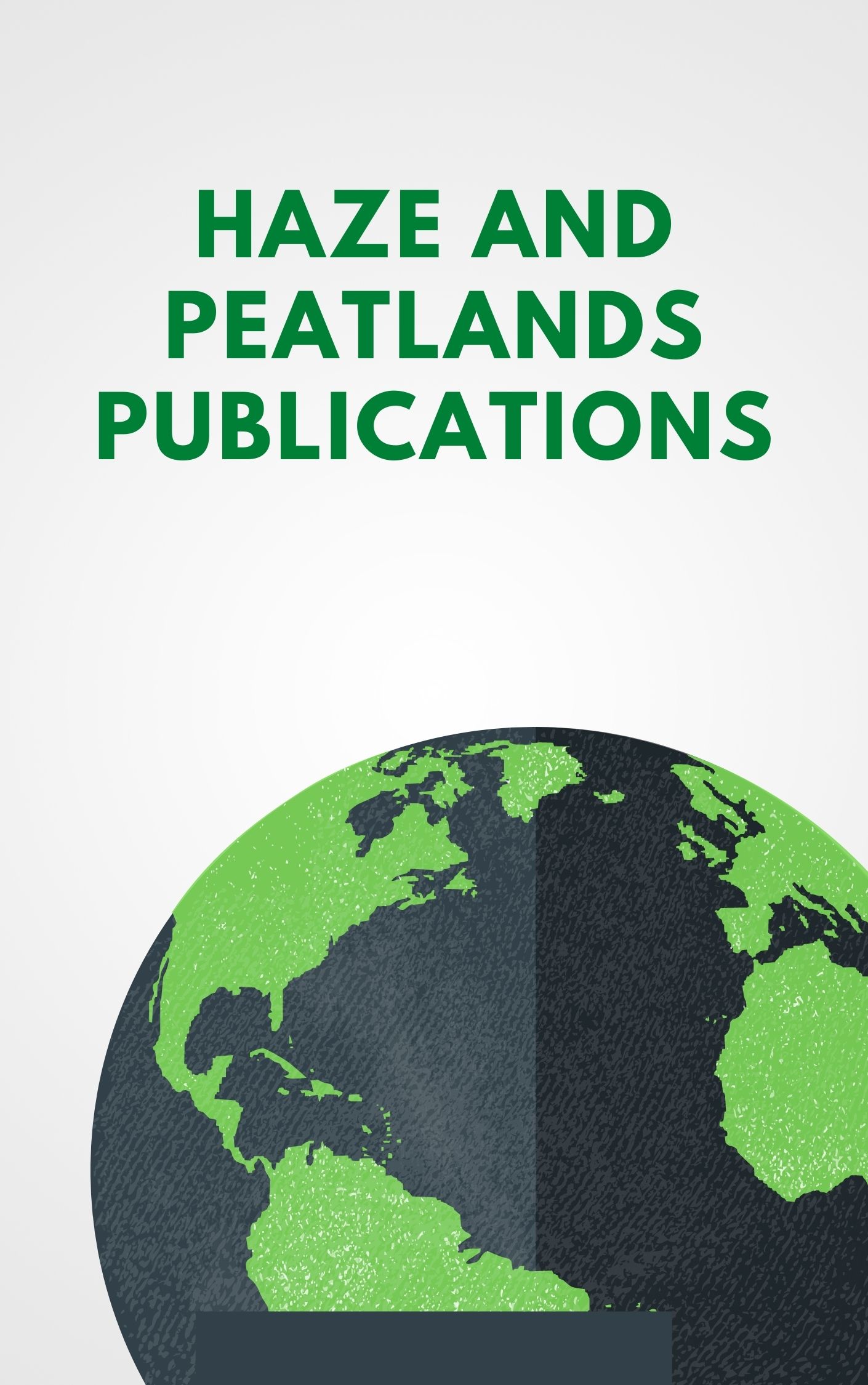The prevalence cases of dental caries in peatlands and non-peatlands in West Kalimantan require preventive acts based on its natural conditions and the behavior of local communities. The aim of the research was to analyze risk factors for dental caries in communities living in peatlands and non-peatlands in West Kalimantan. The research is a causal comparative study with a cross-sectional approach. The samples were chosen by a purposive sampling technique among adolescents aged 17-27 years, who were domiciled in Pontianak City (peatland) and Bengkayang (non-peatland) all their lives. The results showed that dental caries is significantly correlated with debris in peatlands (rs = 0.289). On non-peatlands, dental caries is correlated with drinking water phosphate (rs = 0.313) and calculus (rs = 0.034). In West Kalimantan, dental caries is significantly correlated with drinking water minerals (fluoride rs = -0.243; phosphate rs = 0.260), drinking water pH (rs = 0.235), behavior (rs = -0.327), and debris (rs = 0.240). The risk factor for dental caries in peatlands is debris, while in non-peatlands, the risk factors are calculus and water phosphate. In general, the risk factors for dental caries in peatlands and non-peatlands in West Kalimantan are pH and drinking water minerals (fluoride and calcium), debris, calculus, and behavior.
View source

